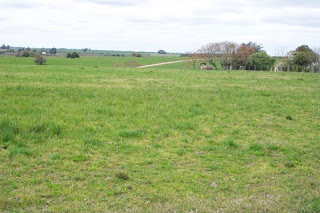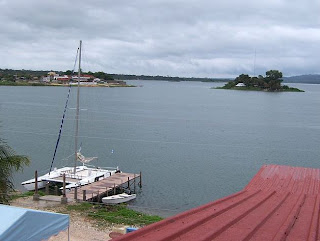After visiting Vermont for a Ben & Jerry's event, I have to share my enthusiasm for Vermont. Vermont represents what many Americans long for and yet what most of us would avoid if the reality was dropped in front of us. Vermont is gorgeous, especially in the fall, and while I never use this cliched word, let's face it: this tiny state, once an independent country, is bucolic.
Randolph is one of many picturesque towns throughout Vermont. The town is home to just under 5,000 people, most of whom are entrepreneurial: you have got to be if you are going to live in this very rural state.
The town is the meeting area for the local region, and is home to schools, stores, and services. Its library is noted for its fine local jams (from what I have heard), and is typical of how locals make a living: you need to know where to find those fine heirloom vegetables, maple syrup, and other local products for which Vermont is famous. More than a few move to Vermont: many thrive, others experience a winter and remember why they left Florida.
I'm sharing a few photos of this special town.



















































